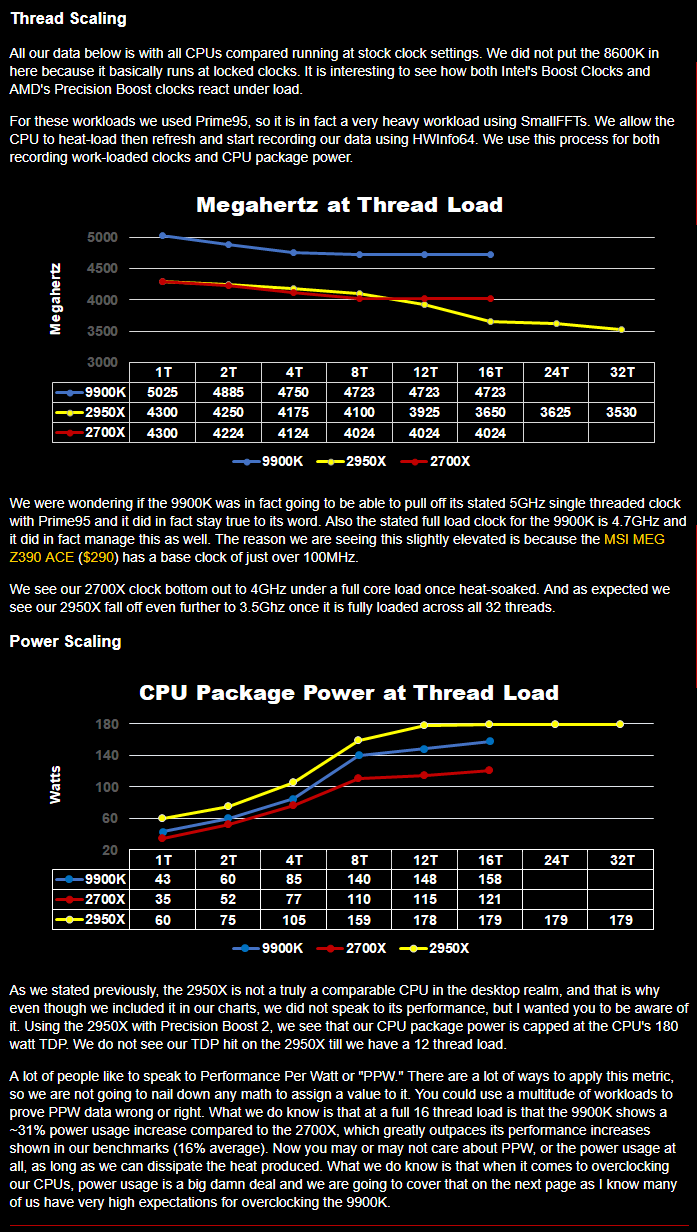N4CR
Supreme [H]ardness
- Joined
- Oct 17, 2011
- Messages
- 4,947
From TechPowerUp: i7-9700K "fastest gaming processor"
Across the 720p and 1080p gaming tests, the Core i7-9700K ends up faster than even the Core i9-9900K, for the reason I explained above. The lead is rather slim, around 1-2 percent, but it's there. Even in GPU-limited resolutions such as 1440p and 4K UHD, the i7-9700K ends up a tiny bit faster, but the differences are insignificant. Games such as "Civilization VI" that are heavily multi-threaded, still show the i7-9700K ahead. It is hence safe to conclude that the i7-9700K is the fastest gaming processor - and not the Core i9-9900K.
That is unfortunate.
Perhaps a limitation of scaling the interconnect topology to 8 cores? Or thermal?
![[H]ard|Forum](/styles/hardforum/xenforo/logo_dark.png)

